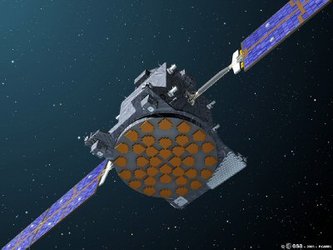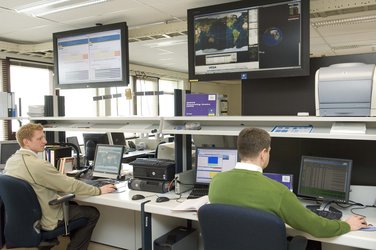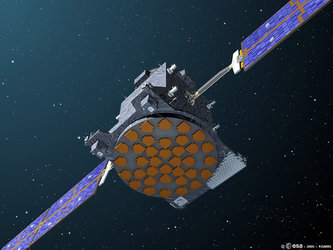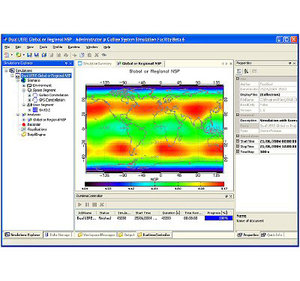Five years of GIOVE's signal-in-space: a testbed for experimentation
“We set up a much simpler dedicated infrastructure for GIOVE, with an initial 11 ground stations that has since grown to 17,” explained Stefano Binda, Systems Performance Engineer for GIOVE.
“This was done through ESA’s space operations centre ESOC, in Darmstadt, Germany, and partner research institutions. But although this was done comparatively quickly and cheaply, the ground stations still need to be distributed worldwide, to guarantee the necessary depth of coverage.
“Each satellite needs to be seen simultaneously by at least two ground stations to be able to solve the key navigation message unknowns.
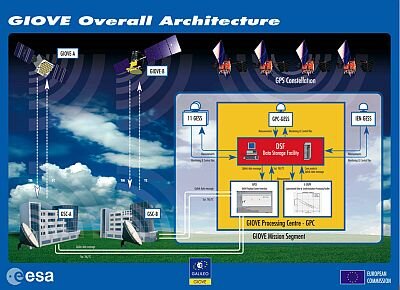
“So the network extends all the way to the Antarctic, Polynesia and Australia. Each one collects ranging and clock data, which is delivered every hour to the heart of the GIOVE ground mission segment - a facility at ESA’s Radio Navigation Laboratory based at ESTEC in Noordwijk in the Netherlands, called the GIOVE Processing Centre (GPC).”
The GPC crunches all the raw measurement data from the GIOVE ground stations to produce an updated summary of both satellites’ clocks and current orbits, as well as the ground stations’ own atomic clocks.
This information is then passed on to the control centres of the two satellites: Guildford in the UK for GIOVE-A, Fucino in Italy for GIOVE-B, where it can then be uploaded to the satellites.
“The idea has been to really build a complete mini-navigation system, so in the end we can check the complete loop is working and get also feedback on the ground segment operations,” explained Stefano.
“We check the navigation messages produced in the GPC are the same as those retrieved from the satellites in the first place.”

This entire ground segment and all the receivers used were fully developed in Europe. The GIOVE signals are broadly similar to GPS, but reception involved some technical challenges.
For instance, GIOVE-B was the first navigation satellite to broadcast using a ‘multiplex binary offset carrier’ in one of its two channels, a special modulation that offers robust protection against signal interference and the signal reflection known as ‘multipath’.
Similar modulation has been agreed between Galileo and future versions of the GPS satellites within one shared frequency band.
The freely available nature of GIOVE signals has also supported experimentation to guarantee the interoperability of the US and European systems.
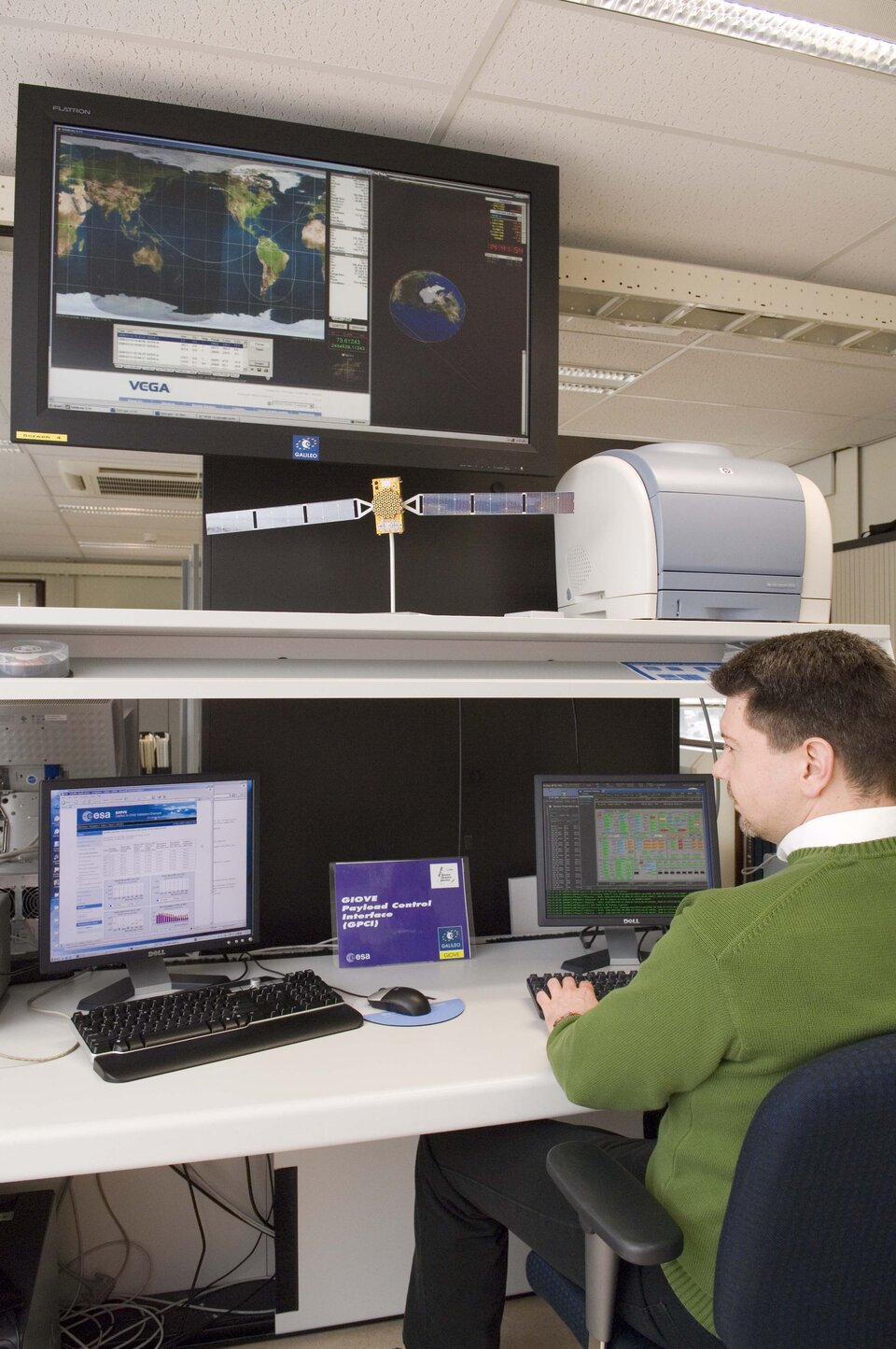
As an example, GPS and Galileo run on different time systems – GPS time is maintained by the US Naval Observatory, while Galileo System Time is generated by the Precise Timing facility at the Galileo Control Centre in Fucino, which is in turn cross-checked for alignment to the international Coordinated Universal Time by a combination of European timing laboratories.
For the two systems to work together, the difference between their timings must be known precisely. GIOVE signals incorporate a measurement of the current separation – called the GPS to Galileo Time Offset – on an experimental basis.
Both systems, GPS and Galileo, will broadcast an operational version of this value once Galileo is in orbit.

The GIOVE signals-in-space have been an experimental resource for a wide variety of groups, from space agencies to receiver manufacturers and application designers, but their story appears far from over. Their atomic clocks and host satellites are showing little signs of ageing, but the mission teams are interested in monitoring future changes.
The Radio Navigation Laboratory at ESTEC includes spacecraft simulators for both satellites, as well as a cleanroom containing a replica of the GIOVE-B payload, allowing them to replicate any changes observed in GIOVE-A and –B’s behaviour.
And once Galileo reaches space these satellites will still be exceptionally valuable for future experiments such as checking effects on the system of increasing solar activity and verifying performance in the longer term including ageing effects, continuing to serve as a global testbed for Galileo service improvements.



